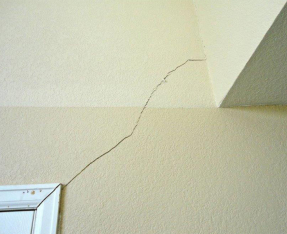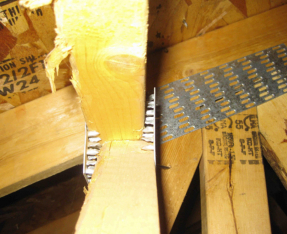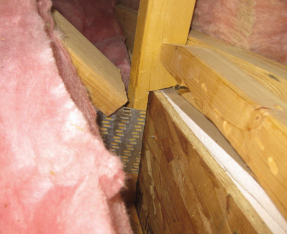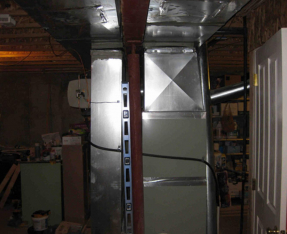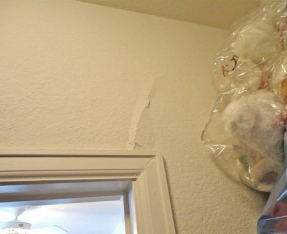Structural Damage
The structural components of a building include the building foundation, framing, roof trusses, and floor joists. These pieces make up the “backbone” of a home, and support everything in it. Structural components of a home are designed to withstand the forces that a home will be faced with over its lifetime, including soil pressure, wind, and normal loads expected based upon the occupancy of the building or home. Construction defects in structural components increase the probability and extent of injury to inhabitants and damage to the structure and its contents.
Common structural defects include:
- Differential building movement and foundation damage due to heaving or settling soils
- Foundation damage due to corrosion and failure of post-tension cables in concrete slabs
- Poor foundation design such as use of slab-on-grade floors or inadequate foundation piers
- Omitted structural components, including columns, beams, piers, and caissons
- Missing or inadequate plywood shear walls
- Missing or inadequately installed drag straps, tie downs, or other framing straps
- Improperly engineered floor or ceiling joists, or roof trusses
